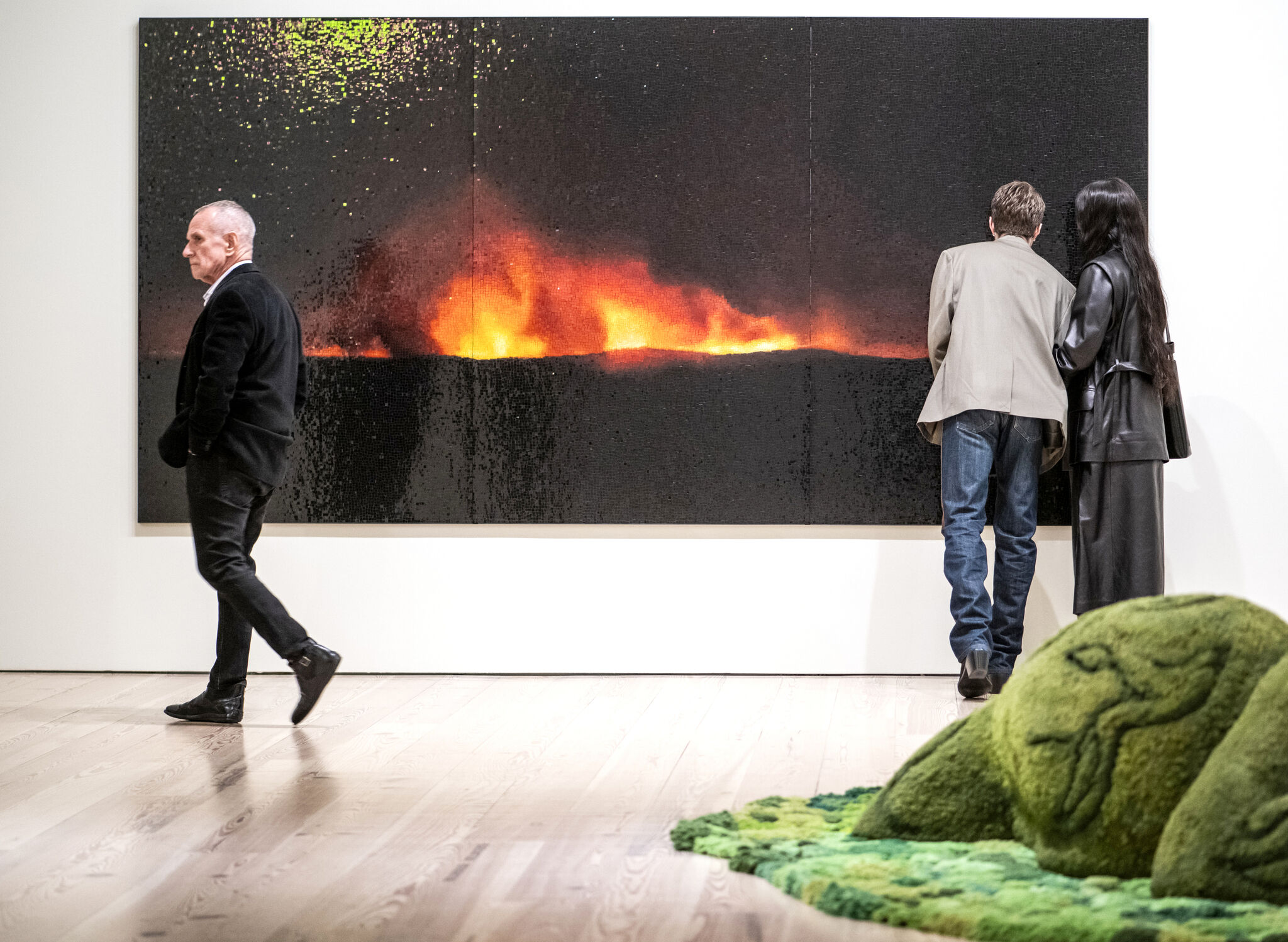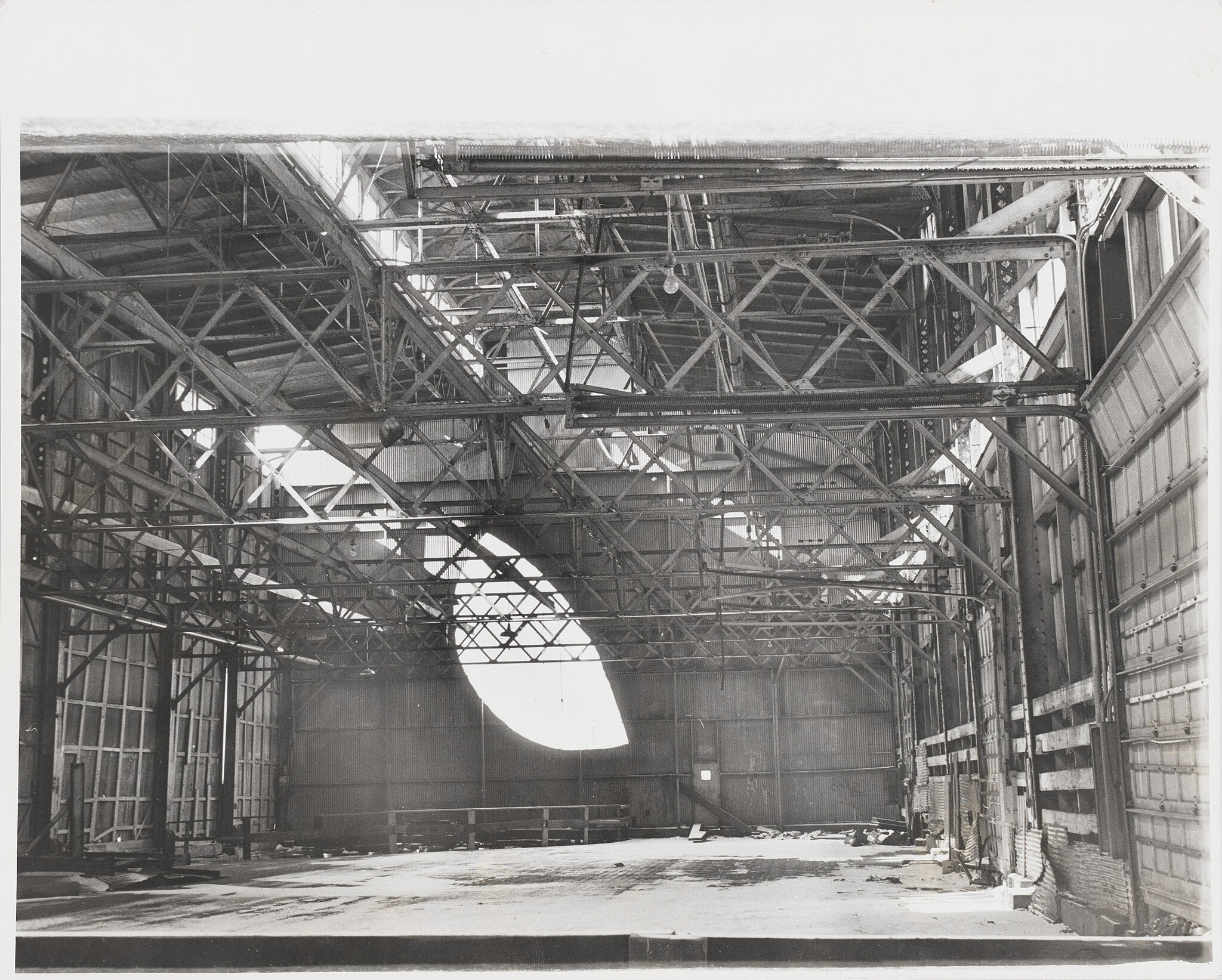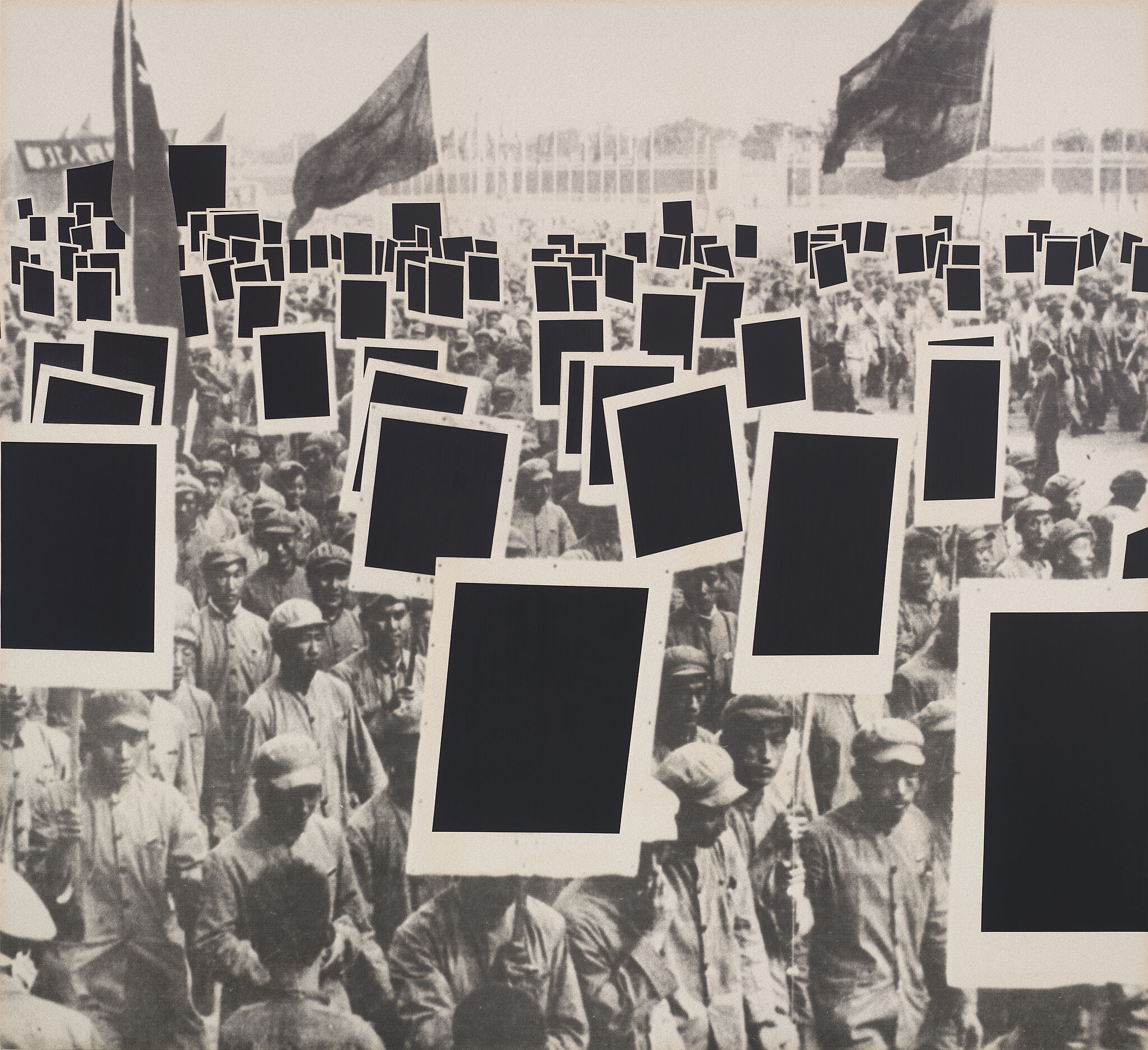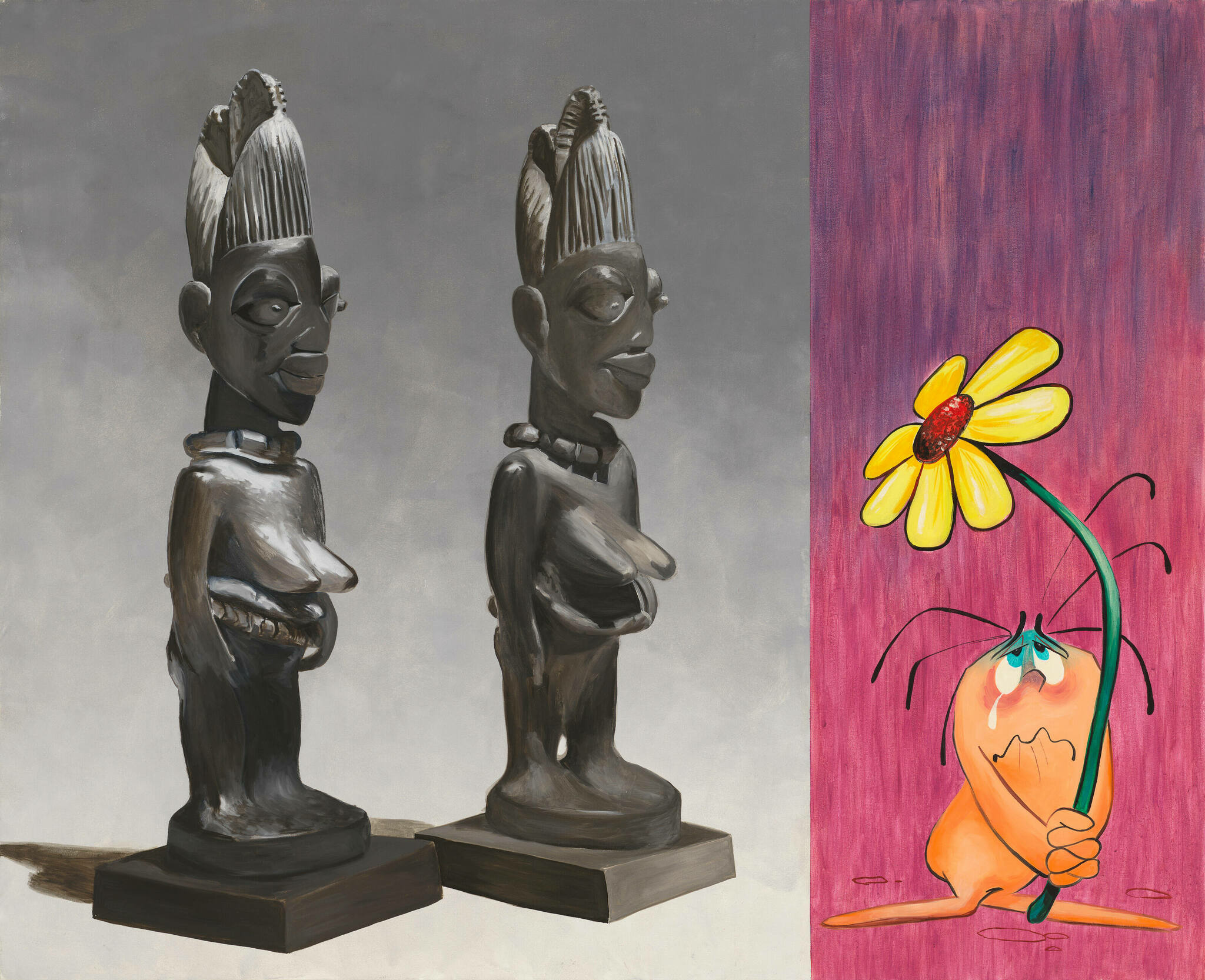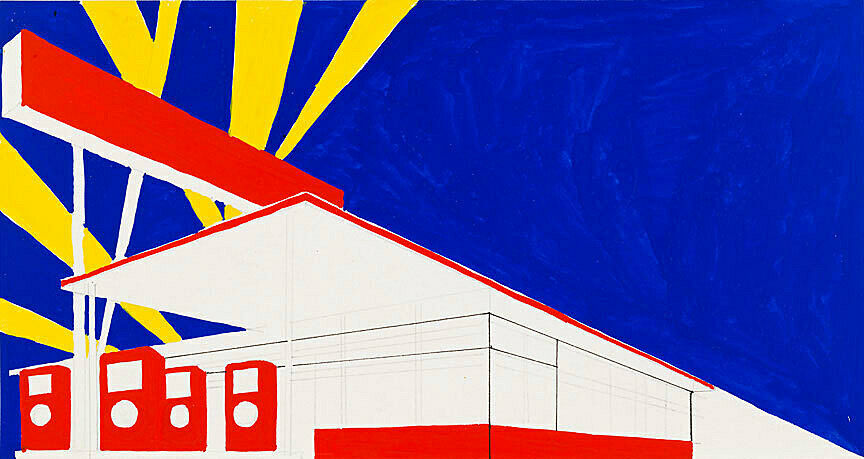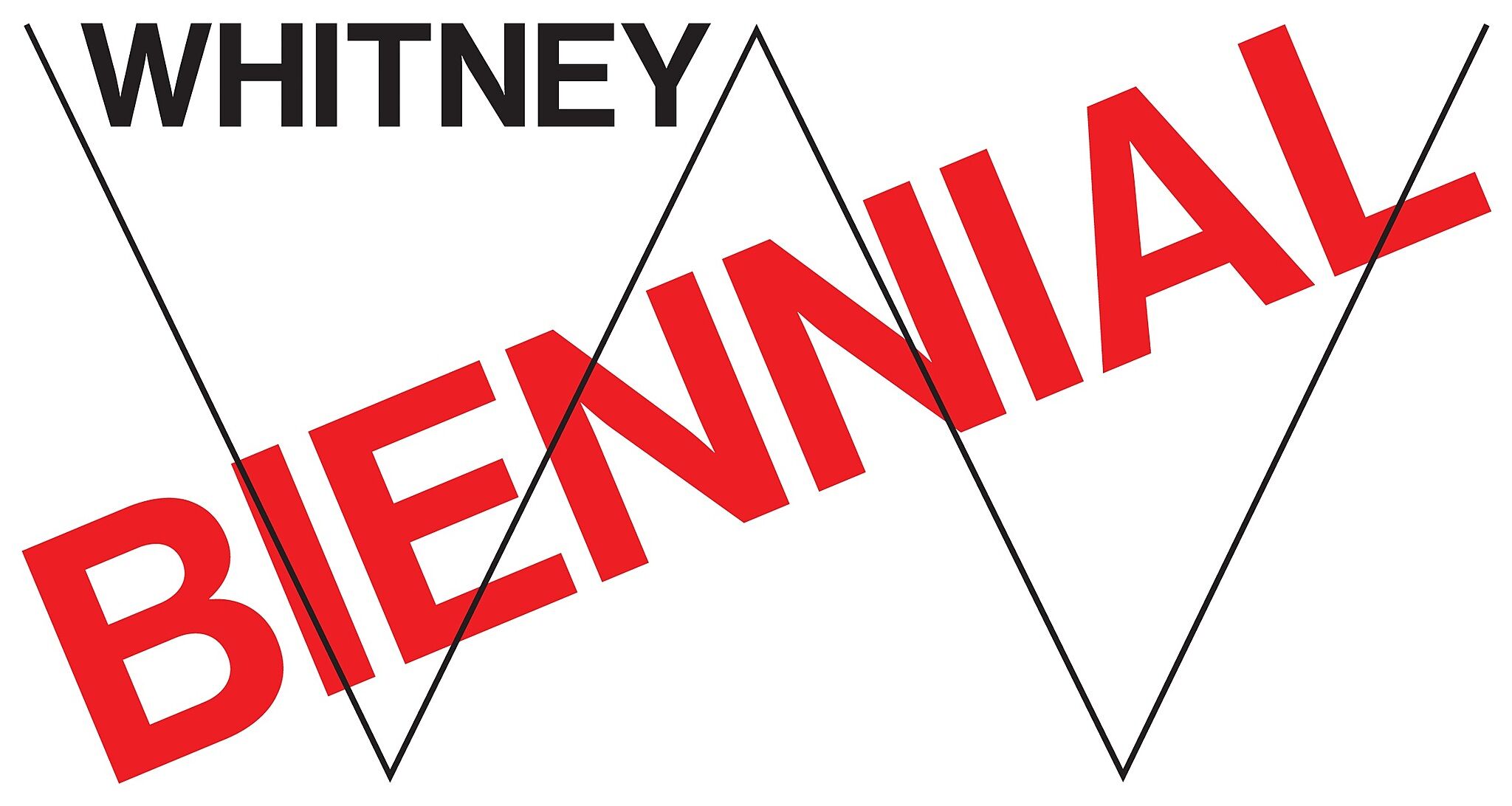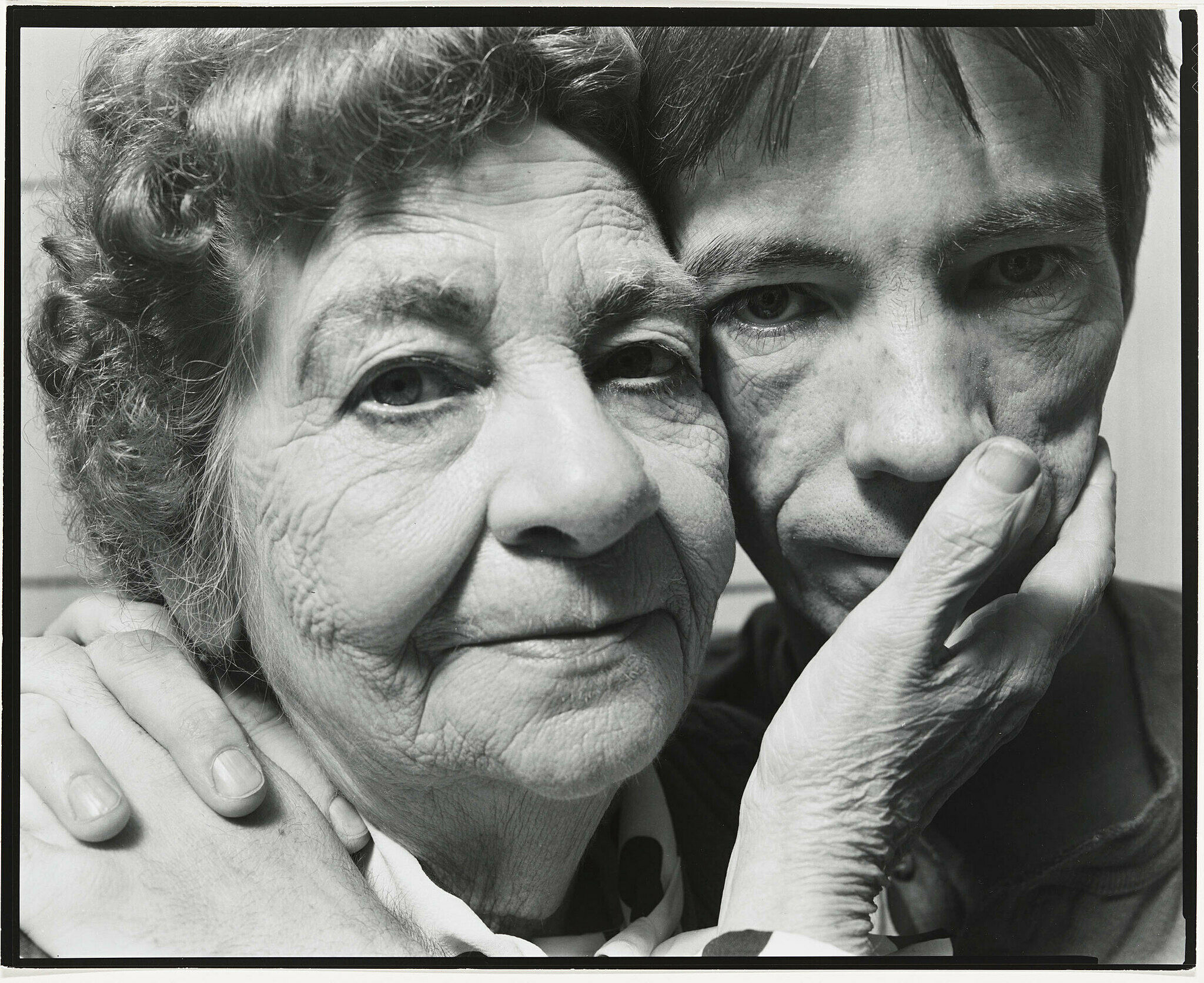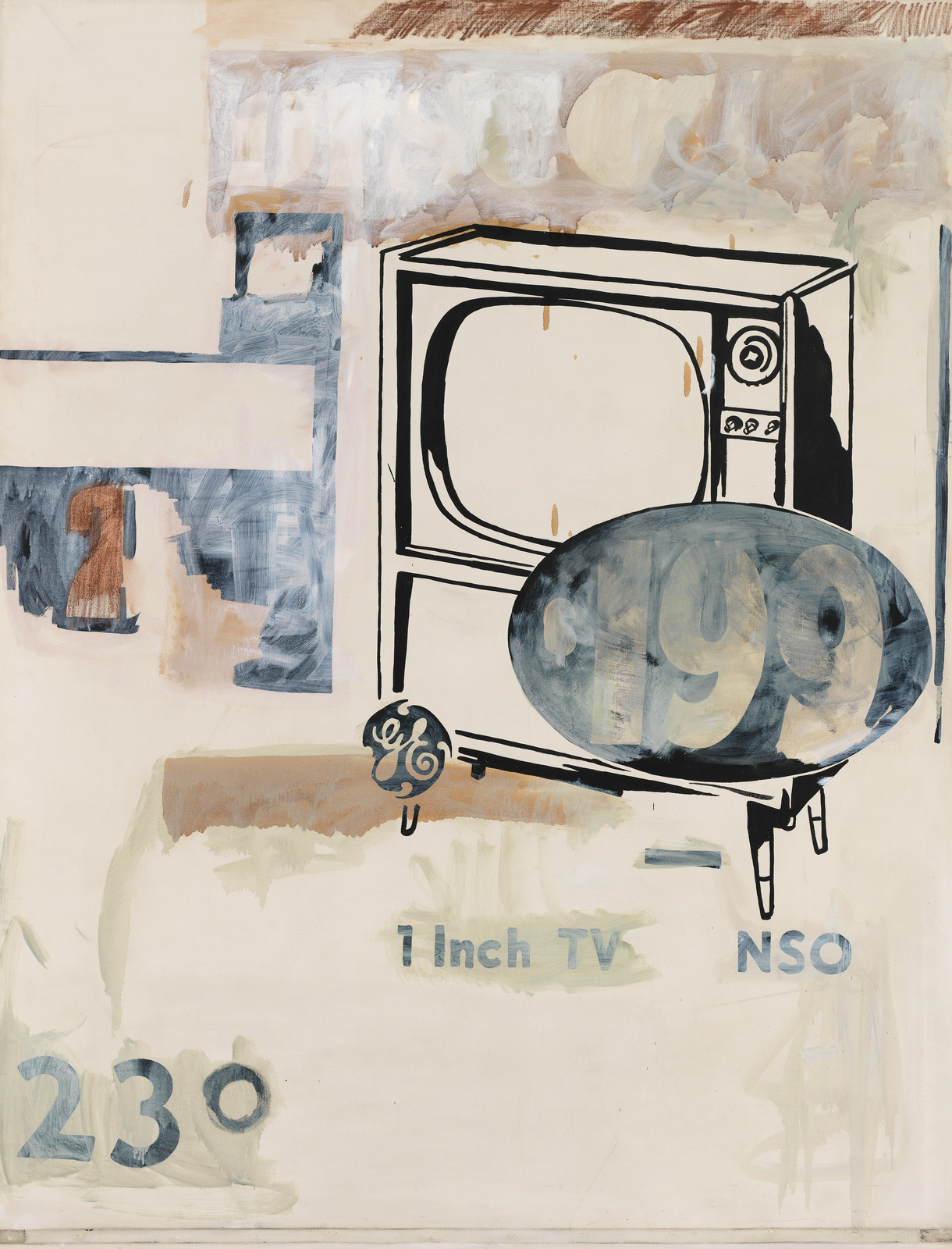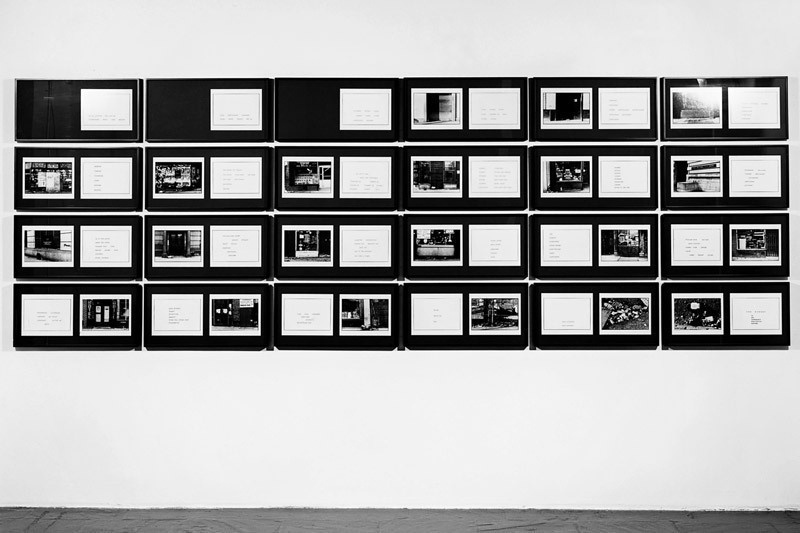Martin Wong
1946–1999
In 1978 Martin Wong moved from California to New York’s Lower East Side, then a vibrant community of predominantly Puerto Rican immigrants and known by its Nuyorican name, “Loisaida.” Raised in San Francisco’s Chinatown district by parents who had themselves immigrated to the United States from China, Wong studied ceramics and participated in experimental performance groups in the San Francisco Bay Area before turning to painting. His canvases, often marked by their earthy palettes, lively social interactions, and brick backdrops, reflected his urban environment and gave visibility to groups underrepresented in both the society and art of the time, including recent immigrants and the gay community (Wong was openly gay). The physical architecture of the neighborhood constantly looms behind this very human subject matter: especially tenement buildings similar to the one Wong himself lived in, whose windows sometimes reveal interior lives and whose walls often bear traces of graffiti.
One of Wong’s most iconic works, Big Heat presents a profound meditation on both the ravages and poignancies of life. In the foreground two firemen—an ongoing fascination of the artist’s—share a tender kiss as the specter of a massive, partially charred tenement building looms in the background. The building is embellished with bright patches of paint used to buff over graffiti, an urban, vernacular art form that Wong supported and collected in earnest. Wong nourished graffiti artists by buying their work, and shortly after he tested positive for HIV he donated his extensive collection of graffiti art to the Museum of the City of New York.
Introduction
Martin Wong (Chinese: 黃馬鼎; July 11, 1946 – August 12, 1999) was a Chinese-American painter of the late 20th century. His work has been described as a meticulous blend of social realism and visionary art styles. Wong's paintings often explored multiple ethnic and racial identities, exhibited cross-cultural elements, demonstrated multilingualism, and celebrated his queer sexuality. He exhibited for two decades at notable New York galleries including EXIT ART, Semaphore, and P.P.O.W., among others, before his death in San Francisco from an AIDS-related illness. P.P.O.W. continues to represent his estate.
Wikidata identifier
Q1522057
Information from Wikipedia, made available under the Creative Commons Attribution-ShareAlike License . Accessed December 4, 2025.
Country of birth
United States
Roles
Artist, ceramicist, painter, performance artist
ULAN identifier
500043254
Names
Martin Wong
Information from the Getty Research Institute's Union List of Artist Names ® (ULAN), made available under the ODC Attribution License. Accessed November 20, 2025.

